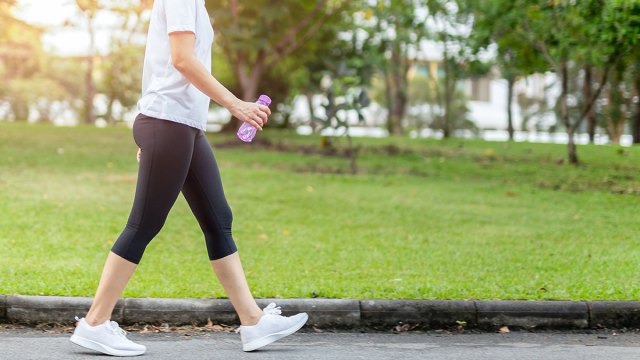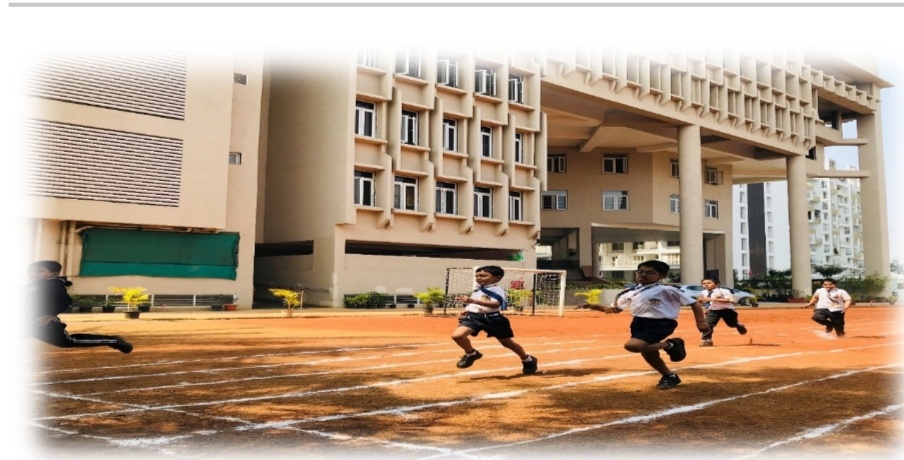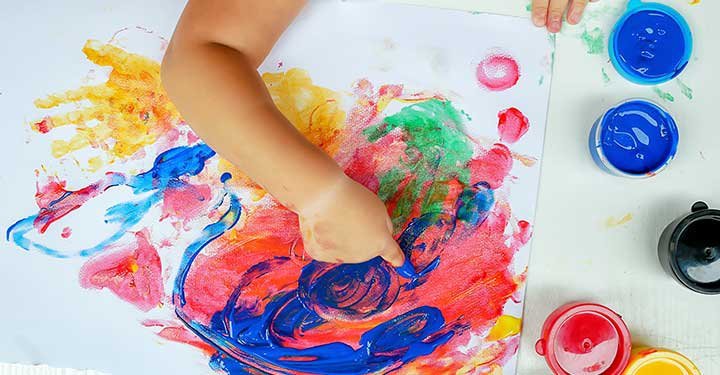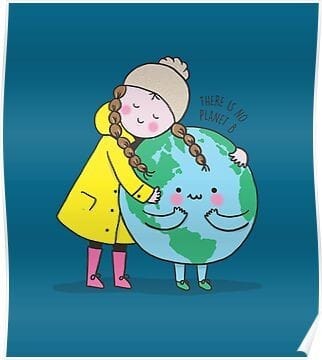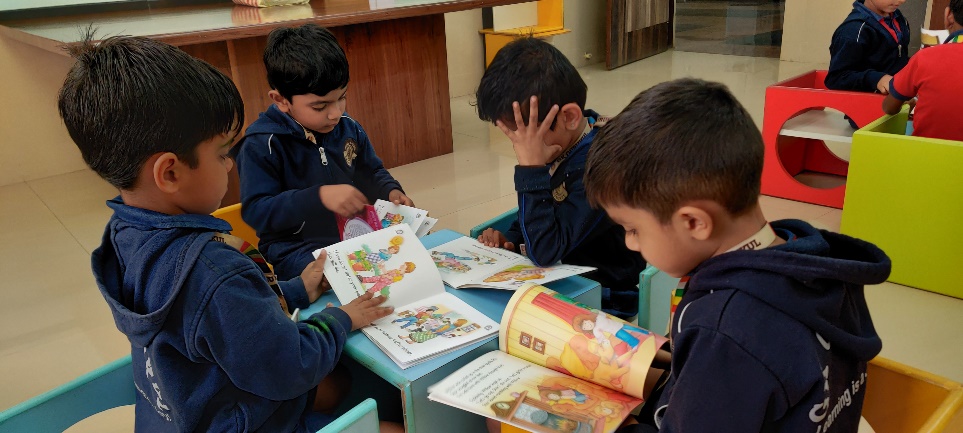We would like to extend our heartfelt appreciation and congratulations to the diligent Gurukulites of G.K. Gurukul on their outstanding achievement in the AISSE (Class 10th CBSE Board) examinations. The news of 100% result fills our hearts with immense pride and admiration. This remarkable accomplishment is a testament to the unwavering dedication and hard…
Read More“Happiness is a choice, not a result. Nothing will make you happy unless you choose to be happy. No person will make you happy unless you decide to be happy. Your happiness will not come to you. It can only come from You!” I was walking down the road one day; it was a really…
Read MoreIt is said that ‘An early morning walk is a blessing for whole day’ and yes it is true. walk the Walk Walking is a good exercise which helps in maintaining weight and good health. But how you walk, when you walk and how much you walk also matters. Benefits of walking in Speed: Some…
Read More“Physical Education as an education thorough physical activities for the development of total personality of the child to its fullness & perfection in body, mind & Spirit.” ………. C.B.P.E & R. According to me Physical education should be at equal place with other academic classes or subject, because students get a lot of benefit from…
Read MoreThe first five years of a child’s life are the most crucial phase for his or her development. This is the time when a child grows physically as well as psychologically. The reason for this is that physical development influences children’s behavior both directly and indirectly. The physical growth of a child takes place with…
Read MoreIs Global Warming a Myth? Global warming is the slow increase in the average temperature of the earth’s atmosphere because an increased amount of the energy (heat) striking the earth from the sun is being trapped in the atmosphere and not radiated out into space. Global warming is the unusually rapid increase in Earth’s average…
Read More“THE SOUND OF THE RAIN NEEDS NO TRANSLATION” – Zen Proverb. Sound is the most important means of communication. The baby’s sensitivity to sound starts as early as when it is 18 weeks in the mother’s womb. Sound, just like touch brings many things together. It is a form of recognition of being cared, loved…
Read MoreChristmas is the jolly time of the year celebrated to remember the birth of Jesus Christ. It is observed on 25th December all across the world and holds a religious significance. Popular customs for Christmas celebrations in India and across the globe include attending Church, decorating houses, setting up Christmas trees, getting together with friends…
Read MoreMorning exercises are easier to do when made a habit.The early morning air can clean up your lungs and alveoli to a very good level. A walk in the morning helps you keep obesity at bay too! It helps you get full sleep as you feel tired and sleepy early in the night and hit…
Read More“Early to bed, early to rise, makes a man healthy, wealthy, and wise”. A person who sleeps early and wakes up early will have a more successful life. Benefits of early to bed and early to rise. Positive Outlook According to studies early risers often tend to go to bed early as well, which means…
Read More


